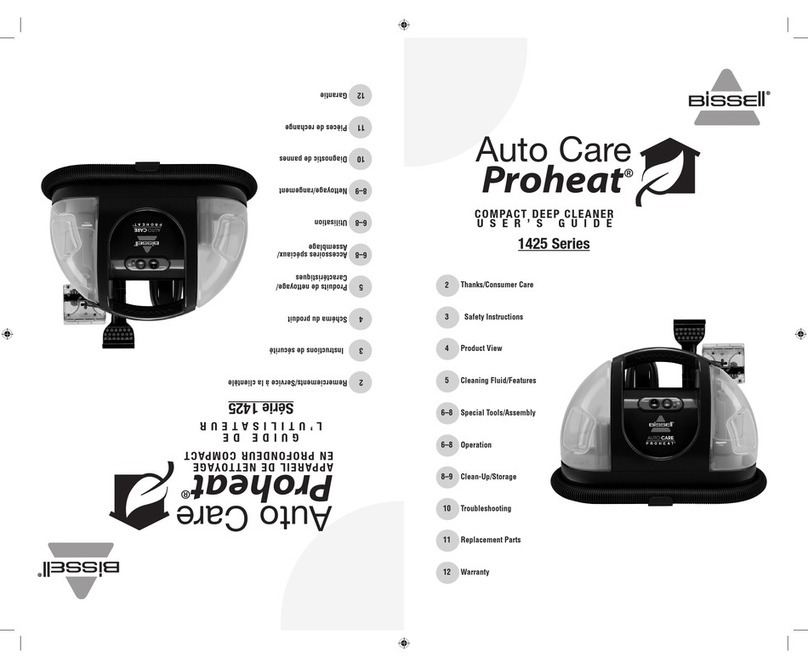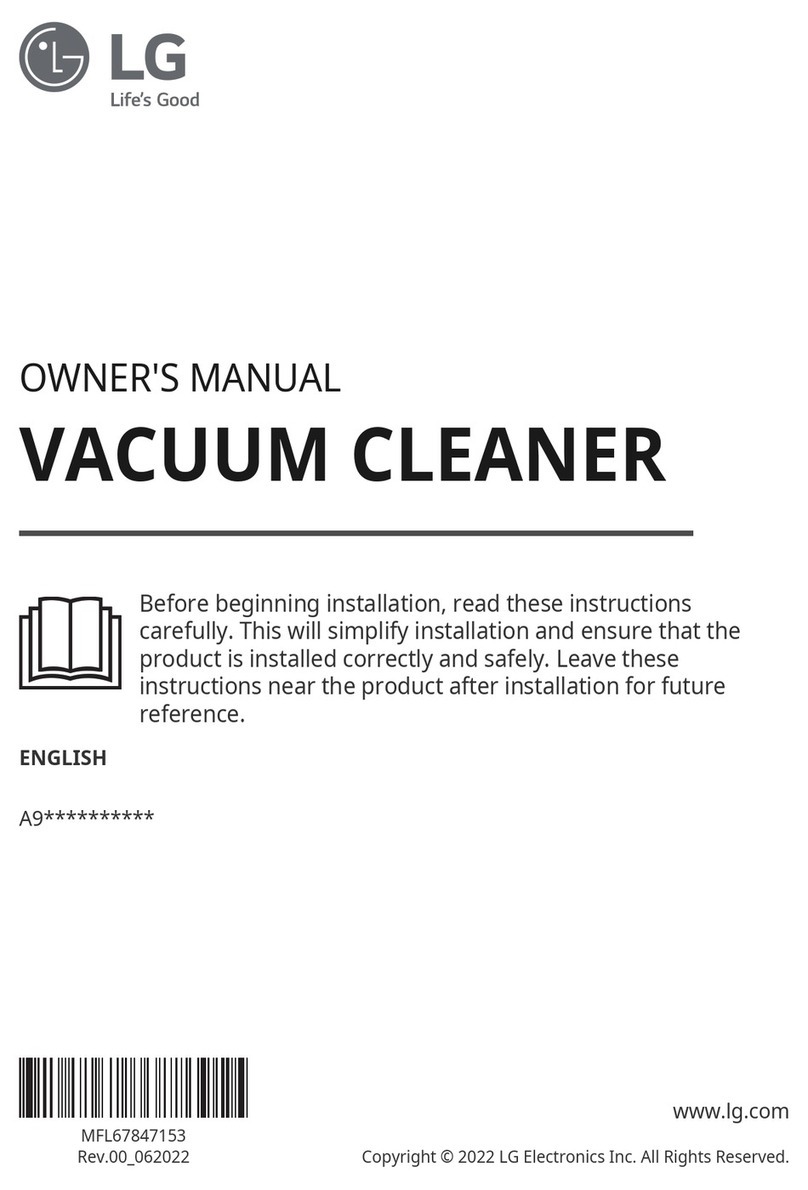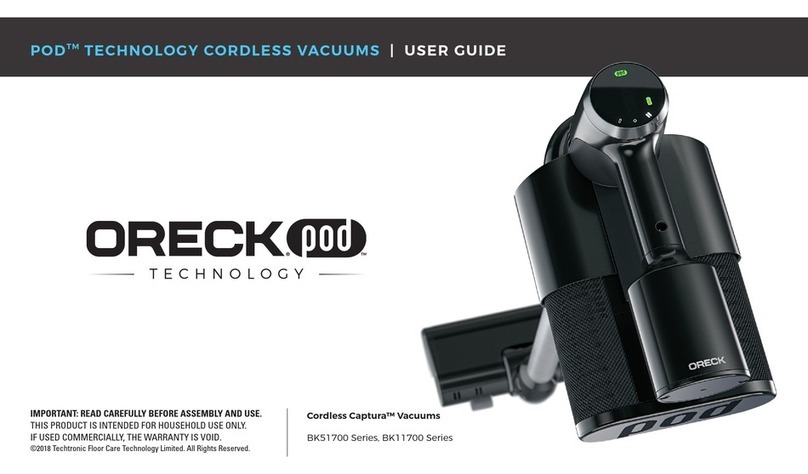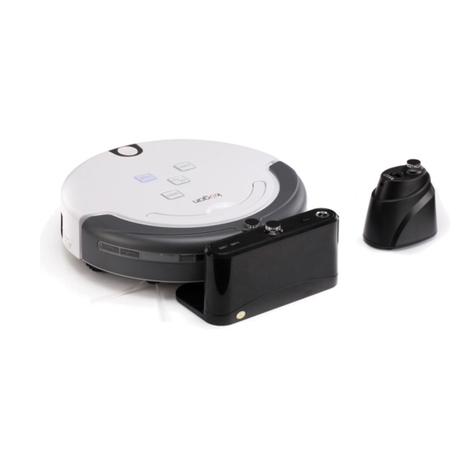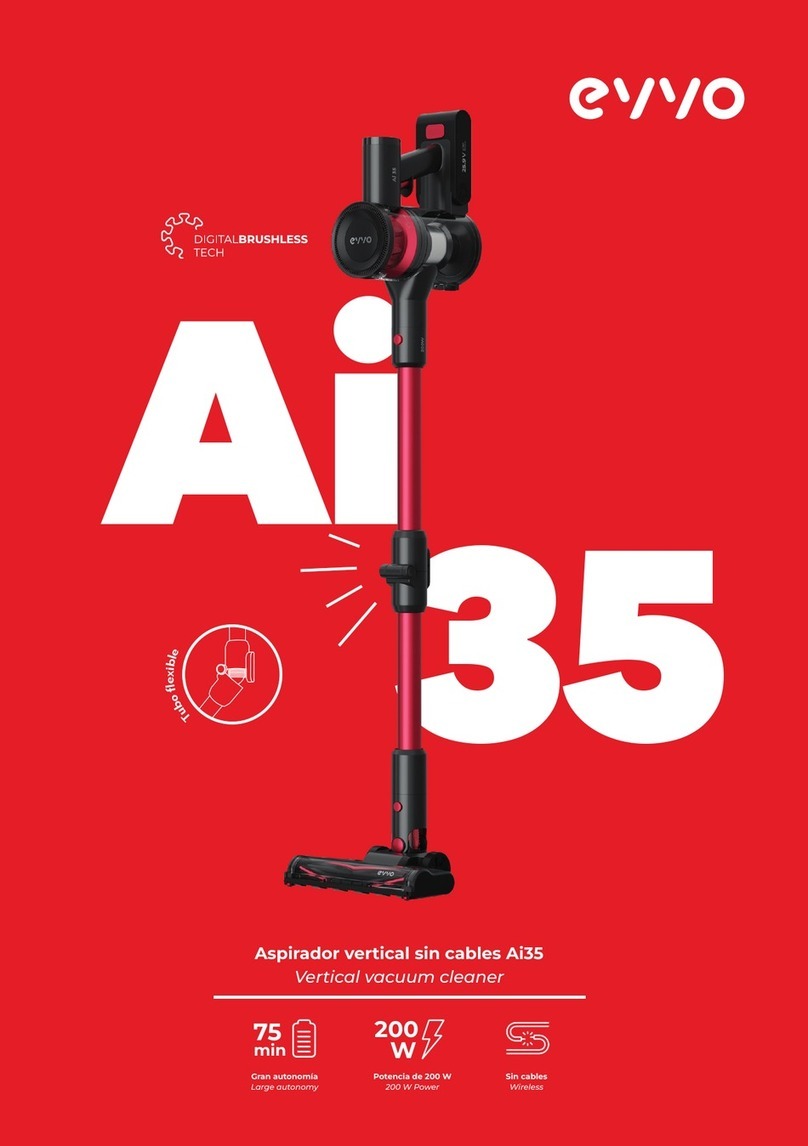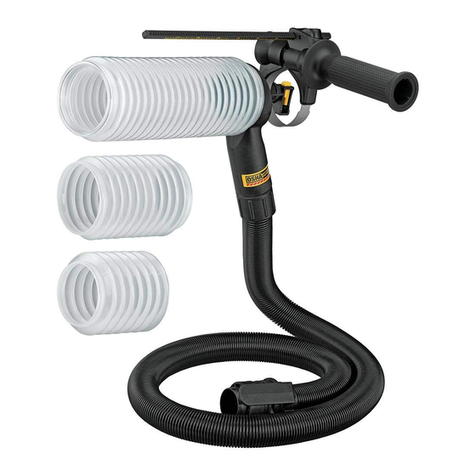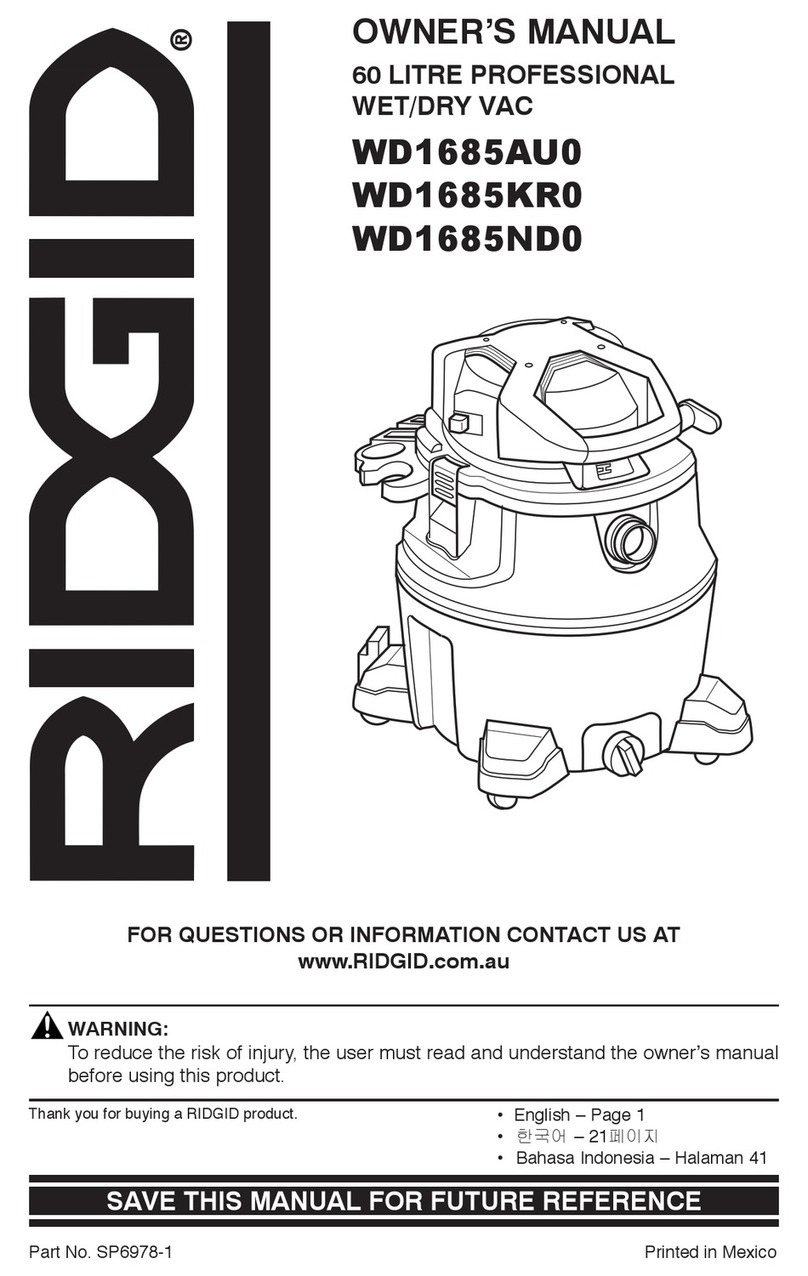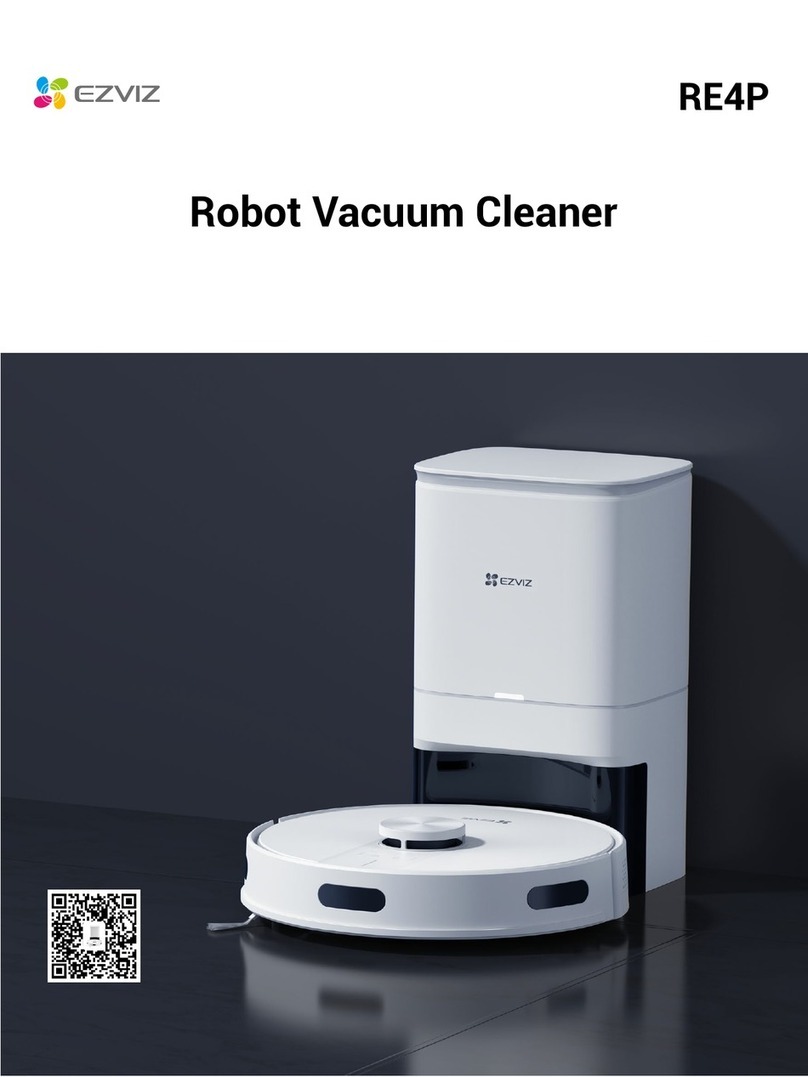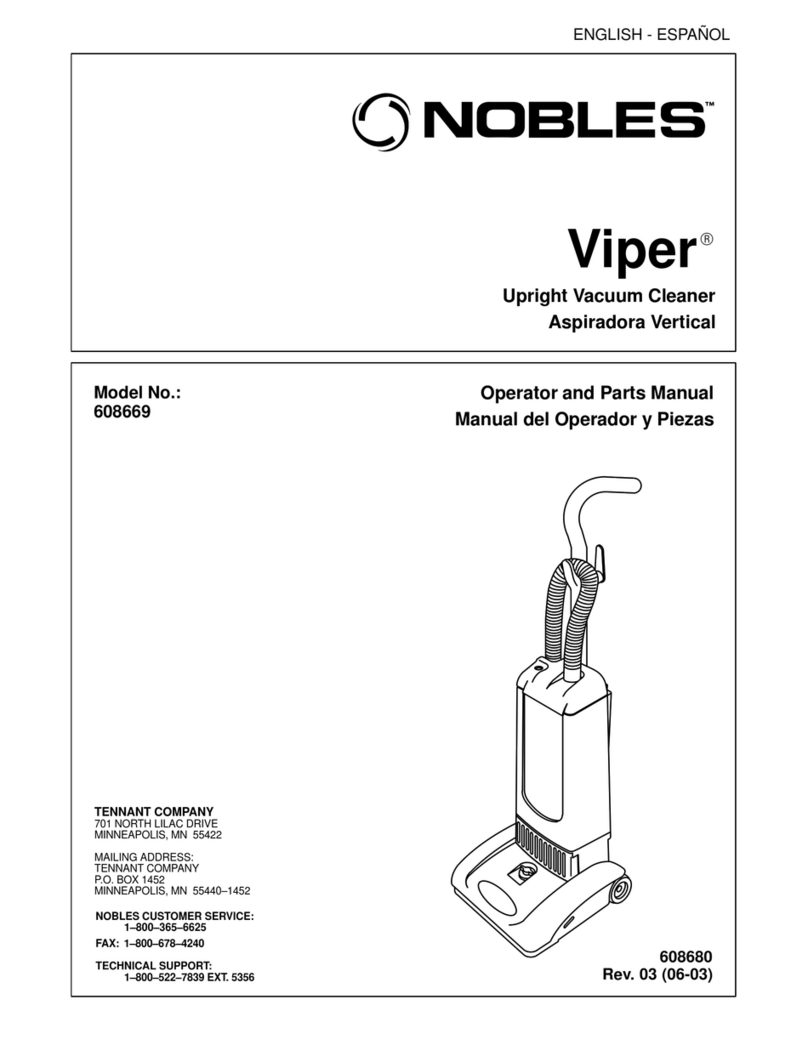Ryobi VC30ARG Operation manual
Other Ryobi Vacuum Cleaner manuals

Ryobi
Ryobi R18WDV User manual
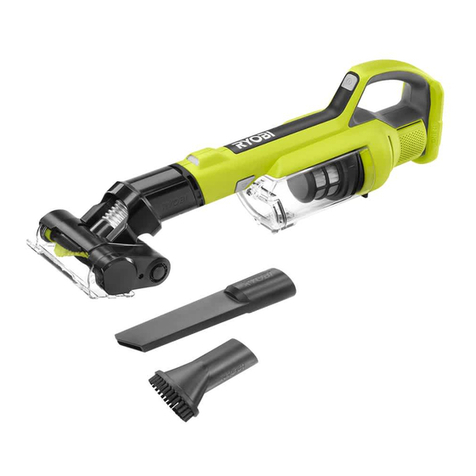
Ryobi
Ryobi PCL700 User manual
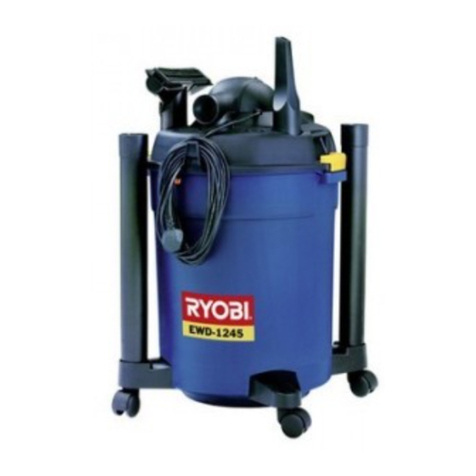
Ryobi
Ryobi EWD1245 User manual

Ryobi
Ryobi VC30A Operation manual

Ryobi
Ryobi TUFF SUCKER P710 User manual
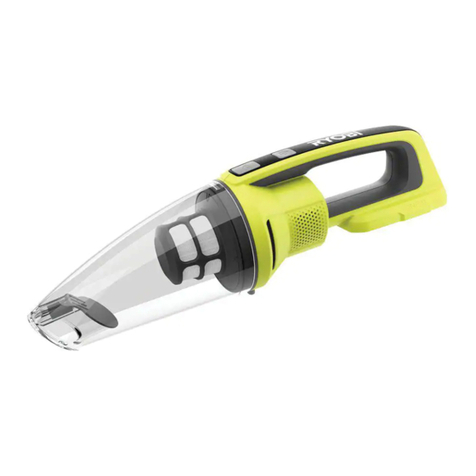
Ryobi
Ryobi PCL704 User manual
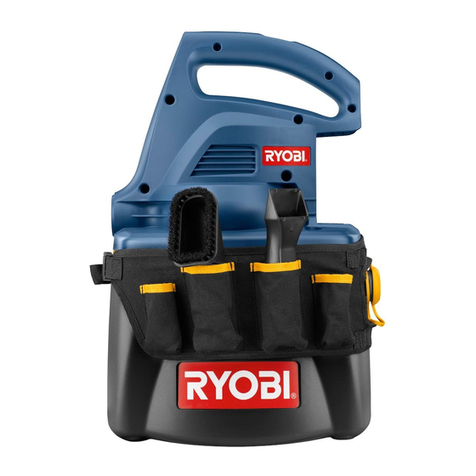
Ryobi
Ryobi P3200 User manual
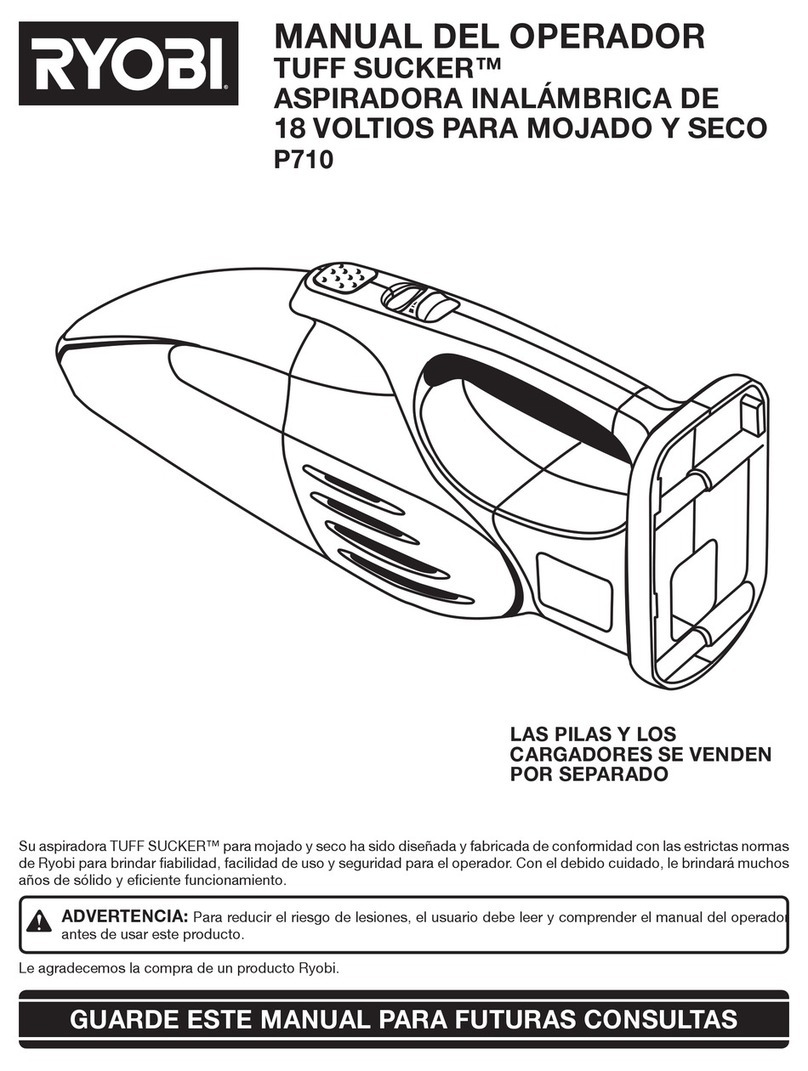
Ryobi
Ryobi TUFF SUCKER P710 User manual

Ryobi
Ryobi P770ID User manual

Ryobi
Ryobi CHV182G Operation manual

Ryobi
Ryobi RVC-1430PPT-G Operation manual

Ryobi
Ryobi R18SV7-0 User manual
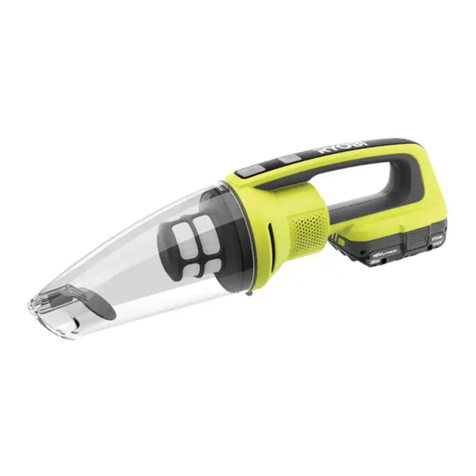
Ryobi
Ryobi PCL704K User manual
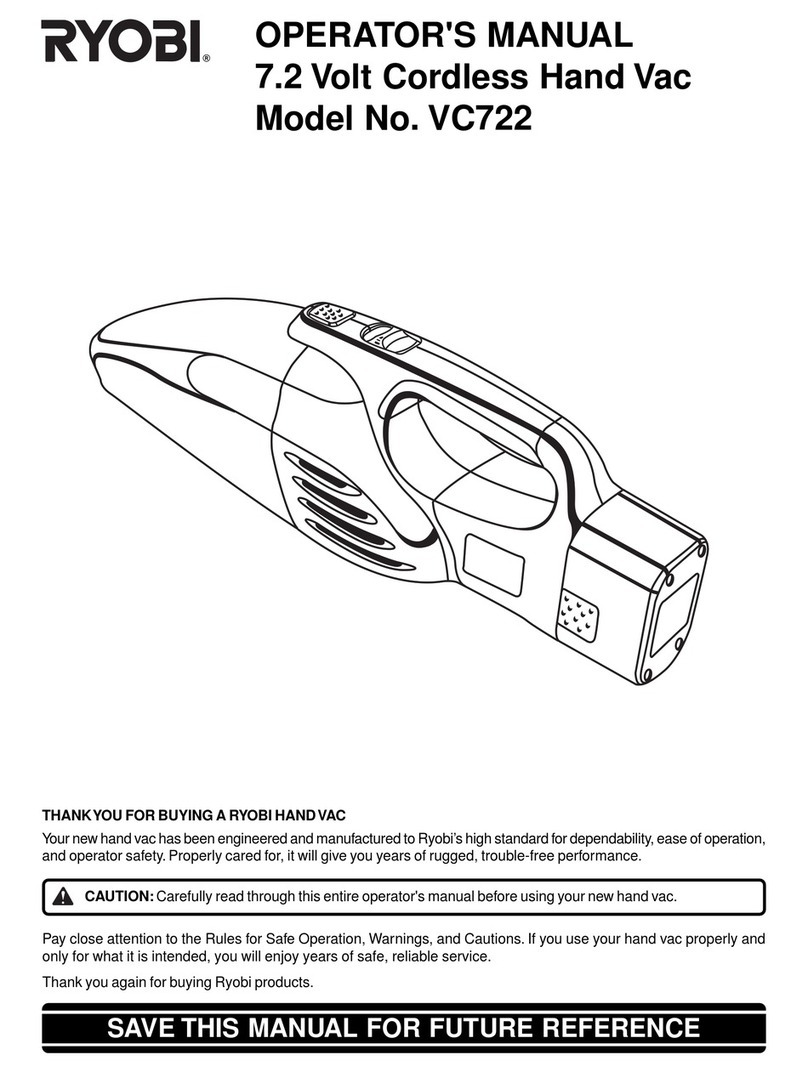
Ryobi
Ryobi VC722 User manual
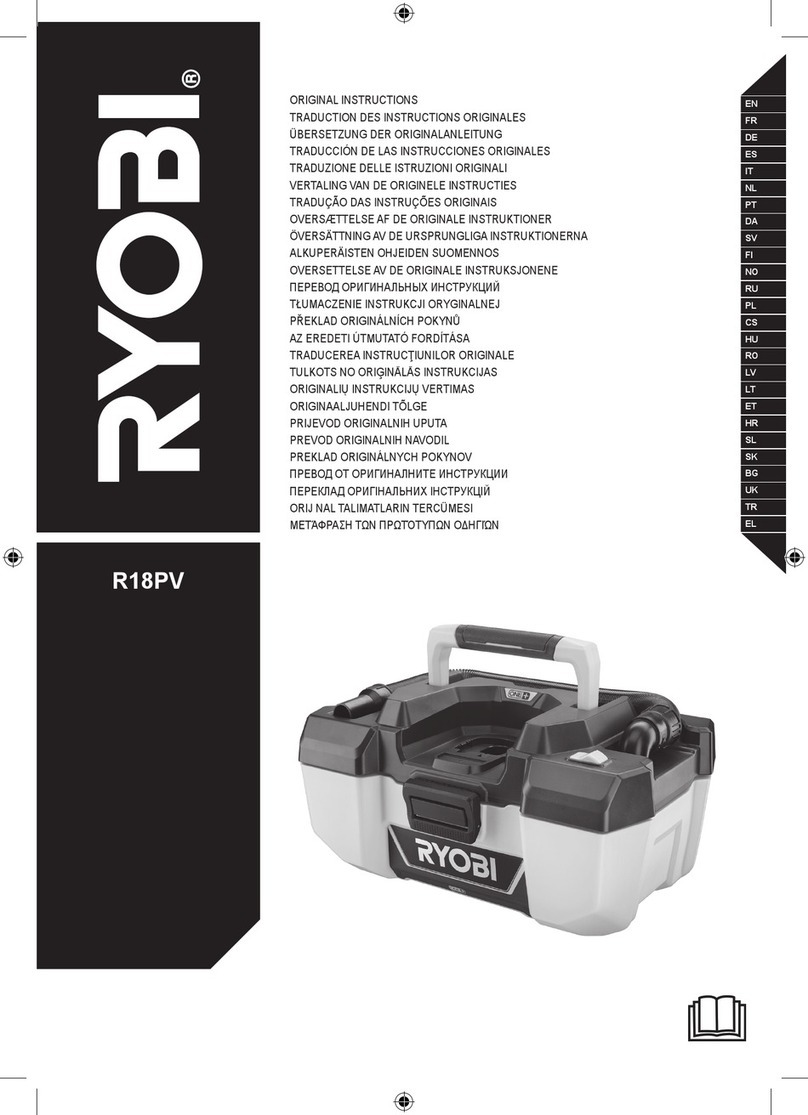
Ryobi
Ryobi R18PV User manual

Ryobi
Ryobi PCL702 User manual

Ryobi
Ryobi R18XSV9 User manual
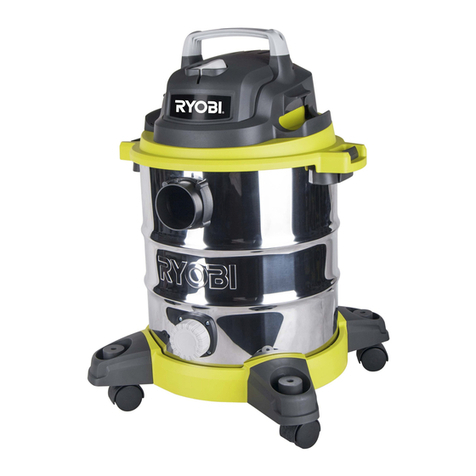
Ryobi
Ryobi RVC-1220I-G User manual
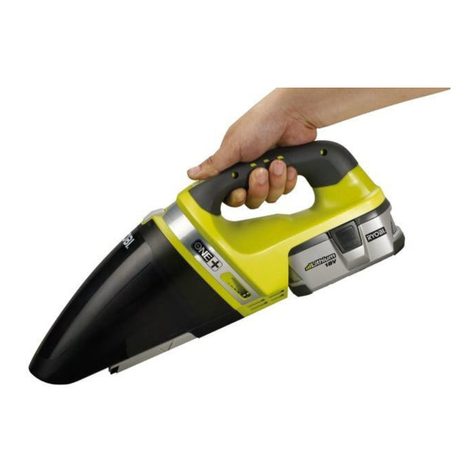
Ryobi
Ryobi P713 User manual

Ryobi
Ryobi P3240 User manual




